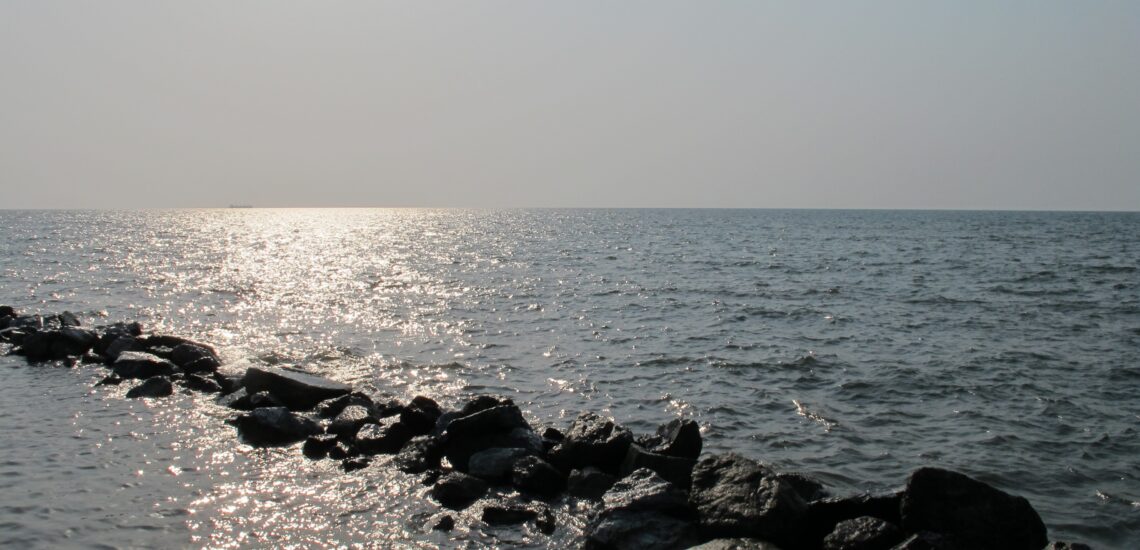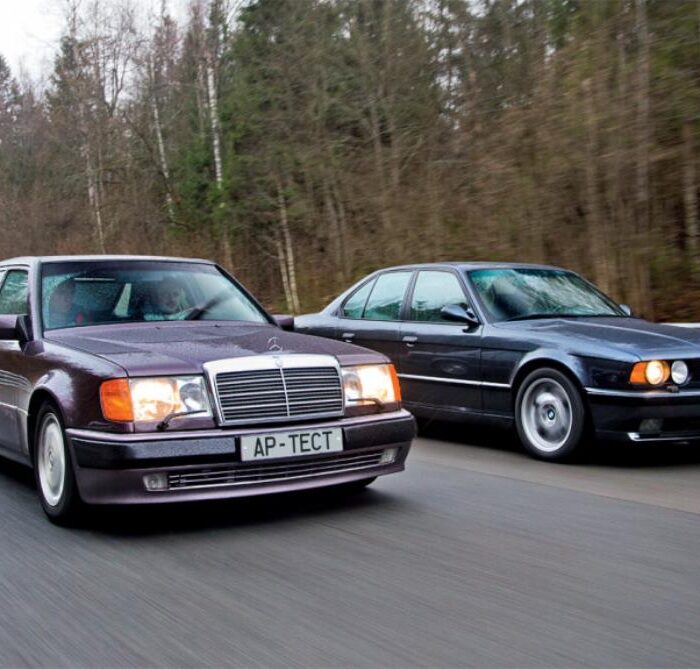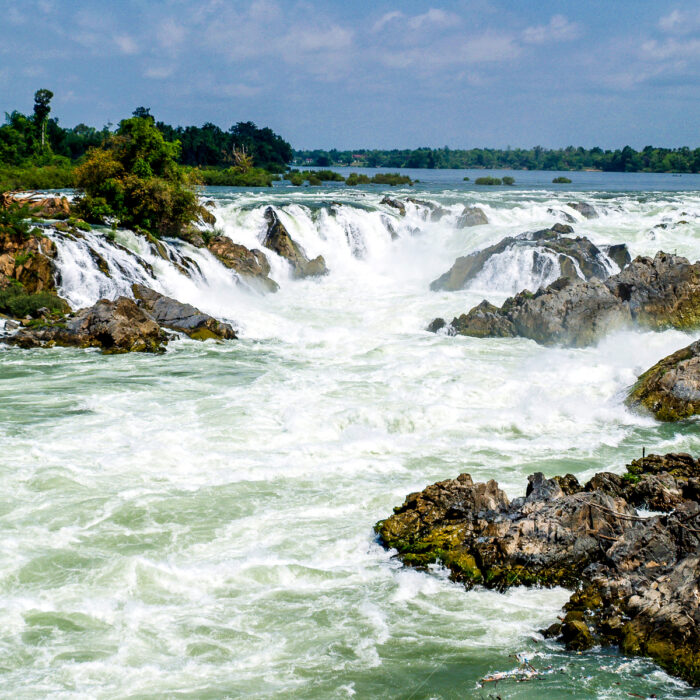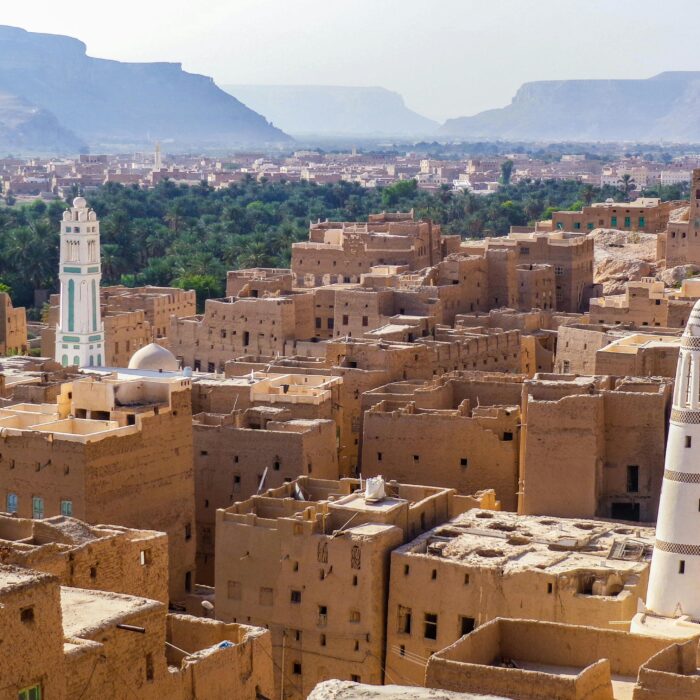Fatti rapidi sulla Guinea Equatoriale:
- Popolazione: Circa 1,8 milioni di persone.
- Capitale: Malabo (sull’isola di Bioko), con progetti di trasferimento a Ciudad de la Paz (ex Oyala) sulla terraferma.
- Città più grande: Bata.
- Lingua ufficiale: Spagnolo.
- Altre lingue: Francese, portoghese e lingue indigene come il fang e il bubi.
- Valuta: Franco centrafricano CFA (XAF).
- Governo: Repubblica presidenziale unitaria.
- Religione principale: Cristianesimo (prevalentemente cattolico), con alcune comunità protestanti e credenze indigene.
- Geografia: Situato sulla costa occidentale dell’Africa centrale, comprende una regione continentale (Río Muni) e diverse isole, tra cui Bioko e Annobón. Confina con il Camerun a nord, con il Gabon a est e a sud e con il Golfo di Guinea a ovest.
Fatto 1: la Guinea Equatoriale è talvolta divisa in terraferma e isole
La Guinea Equatoriale è geograficamente divisa in due parti principali: la regione continentale, nota come Río Muni, e la regione insulare. Il Río Muni confina con il Gabon e il Camerun e costituisce la parte più grande della terraferma del Paese e ospita la maggior parte della popolazione. La regione continentale comprende anche città importanti come Bata, una delle più grandi città della Guinea Equatoriale.
La regione insulare è composta da diverse isole, la più grande delle quali è l’isola di Bioko, situata al largo delle coste del Camerun, nel Golfo di Guinea. Malabo, la capitale, è situata sull’isola di Bioko, il che conferisce al Paese una caratteristica distintiva: il centro politico è separato dalla terraferma. Questa porzione di isola comprende anche Annobón, un’isola più piccola e remota situata più a sud.
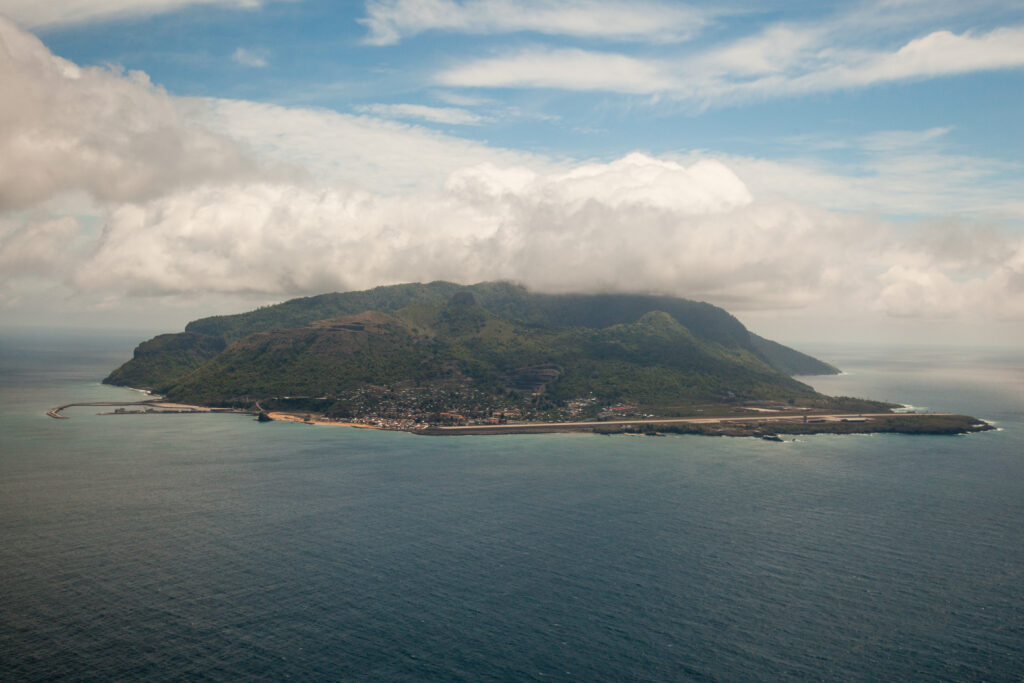
Fatto 2: la Guinea Equatoriale ha un buon PIL pro capite
Il PIL pro capite della Guinea Equatoriale è tra i più alti dell’Africa subsahariana, soprattutto grazie alle sue abbondanti risorse naturali, in particolare petrolio e gas. Questa ricchezza di risorse ne ha fatto uno dei Paesi più ricchi dell’Africa su base pro capite. Le scoperte petrolifere degli anni ’90 hanno trasformato l’economia della Guinea Equatoriale: la produzione di petrolio contribuisce oggi per oltre il 90% alle esportazioni e alle entrate statali del Paese. Entro il 2023, il PIL pro capite del Paese è stato stimato a circa 8.000 dollari USA (PPP), molto più alto di quello di molti Paesi vicini.
Tuttavia, sebbene il PIL pro capite sia relativamente alto, gran parte della ricchezza è concentrata in una ristretta élite, mentre la popolazione in generale deve spesso affrontare la povertà e l’accesso limitato ai servizi pubblici.
Fatto 3: la Guinea Equatoriale ospita le rane più grandi del mondo
La Guinea Equatoriale è nota per essere la patria della rana Golia (Conraua goliath), che è la specie di rana più grande del mondo. Queste rane, originarie dei fiumi della foresta pluviale della regione, possono raggiungere i 32 centimetri di lunghezza e pesare oltre 3,3 chilogrammi (circa 7 libbre). Le rane golia sono notevoli non solo per le loro dimensioni ma anche per la loro forza, in quanto possono saltare distanze superiori a dieci volte la lunghezza del loro corpo. Le loro dimensioni uniche richiedono habitat solidi e fiumi puliti e scorrevoli per prosperare, il che purtroppo le rende vulnerabili alla perdita di habitat e al bracconaggio, poiché a volte vengono catturate per il commercio di animali domestici o cacciate come prelibatezza.
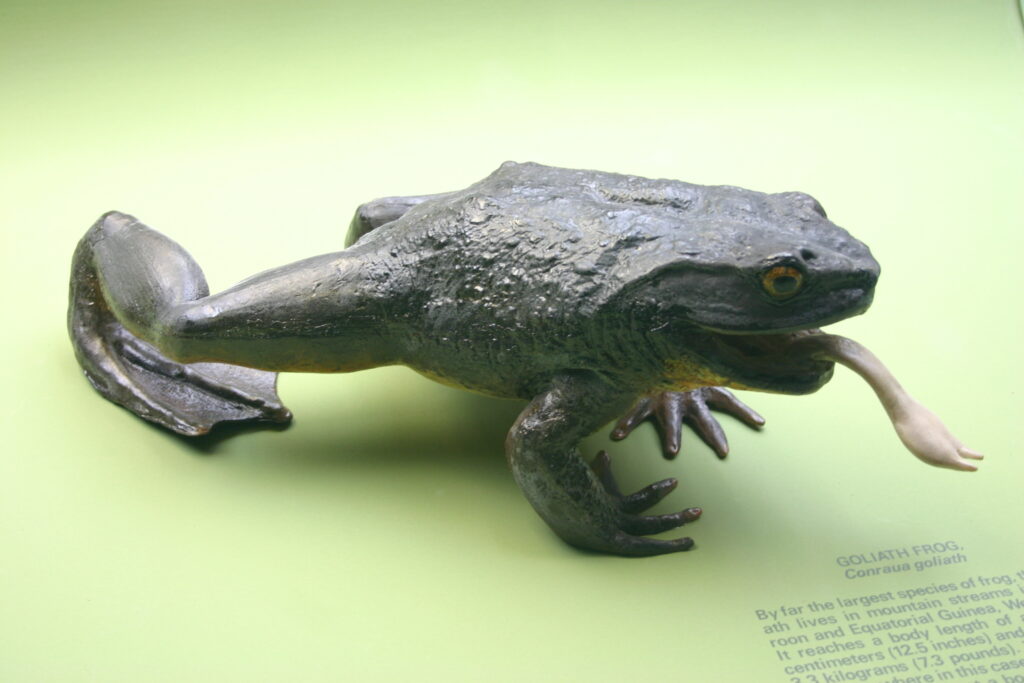
Fatto 4: il presidente della Guinea Equatoriale è il presidente più longevo del mondo
Il presidente della Guinea Equatoriale, Teodoro Obiang Nguema Mbasogo, detiene il primato di presidente più longevo del mondo. È salito al potere il 3 agosto 1979, in seguito a un colpo di Stato che ha rovesciato lo zio, Francisco Macías Nguema. Il governo di Obiang ha superato i quattro decenni, diventando un mandato senza precedenti nella storia politica moderna. La sua presidenza è stata caratterizzata da uno stretto controllo sul sistema politico ed economico della nazione, che si basa in larga misura sui proventi del petrolio della Guinea Equatoriale. Tuttavia, la sua leadership ha dovuto affrontare anche l’esame internazionale per quanto riguarda i diritti umani e le limitate libertà politiche all’interno del Paese.
Fatto 5: l’aspettativa di vita in Guinea Equatoriale è tra le più basse al mondo
L’aspettativa di vita della Guinea Equatoriale è tra le più basse a livello globale, influenzata da fattori come l’accesso limitato all’assistenza sanitaria, gli alti tassi di malattie trasmissibili e la disuguaglianza economica. Secondo la Banca Mondiale, l’aspettativa di vita in Guinea Equatoriale è di circa 59 anni, ben al di sotto della media mondiale di 73 anni. Il Paese ha fatto passi avanti nelle infrastrutture sanitarie, ma le sfide persistono, soprattutto nelle aree rurali e impoverite.
I problemi principali che contribuiscono a questa bassa aspettativa di vita includono alti tassi di malaria, infezioni respiratorie e problemi di salute materna e infantile. Il sistema sanitario della Guinea Equatoriale fatica anche a disporre di fondi adeguati e di personale qualificato, con un ulteriore impatto sulla fornitura di assistenza sanitaria e sui risultati in termini di salute pubblica.
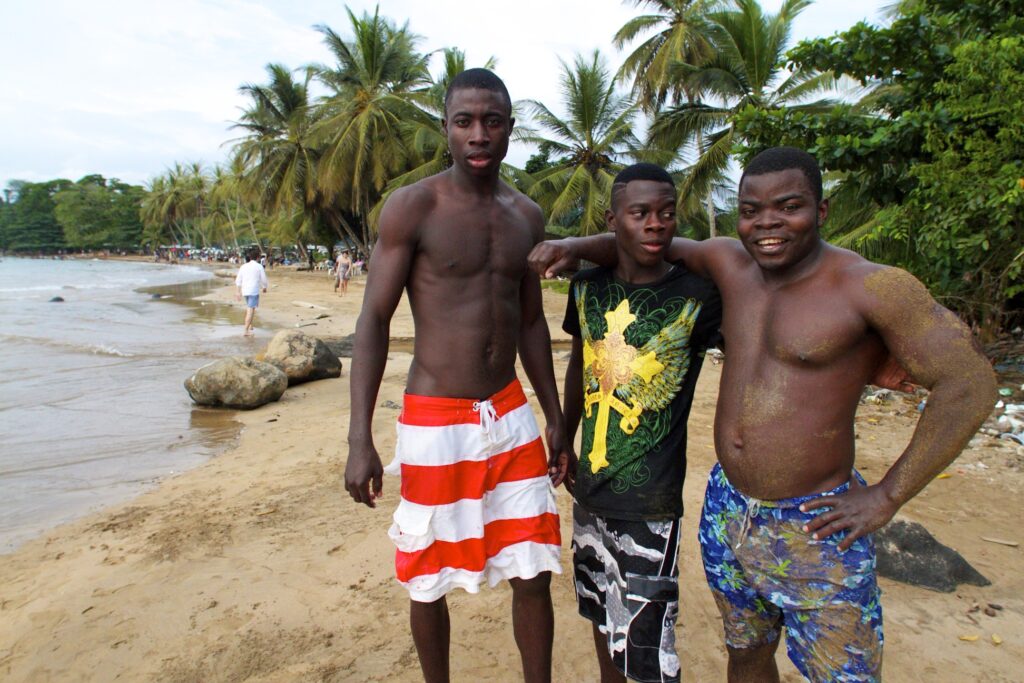
Fatto 6: la Guinea Equatoriale è l’unico Paese africano che parla spagnolo
La Guinea Equatoriale è l’unico Paese africano in cui lo spagnolo è una lingua ufficiale. Lo spagnolo è la lingua principale del governo, dell’istruzione e dei media in Guinea Equatoriale da quando il Paese è diventato una colonia spagnola nel XVIII secolo. Oggi circa il 67% della popolazione parla spagnolo, mentre altre lingue, come il fang e il bubi, sono ampiamente parlate dai vari gruppi etnici. Anche il francese e il portoghese sono lingue ufficiali, sebbene siano meno parlate.
Fatto 7: Il Paese ha un parco nazionale con una grande biodiversità
La Guinea Equatoriale ospita il Parco nazionale di Monte Alen, un’importante riserva nota per la sua ricca biodiversità. Situato sulla terraferma, questo parco si estende per circa 2.000 chilometri quadrati e comprende la foresta pluviale tropicale, diverse specie vegetali e numerose specie animali. Tra gli abitanti principali vi sono gli elefanti della foresta, i gorilla di pianura occidentali e vari primati, oltre a innumerevoli specie di uccelli, che rendono il parco un habitat prezioso in termini di conservazione.
I variegati ecosistemi del Monte Alen sono relativamente indisturbati e contribuiscono allo status del parco come una delle regioni biologicamente più significative dell’Africa centrale. Anche se di difficile accesso, il suo ambiente incontaminato offre un potenziale per l’ecoturismo, che potrebbe svolgere un ruolo sia negli sforzi di conservazione che nella crescita economica del Paese, se adeguatamente gestito.
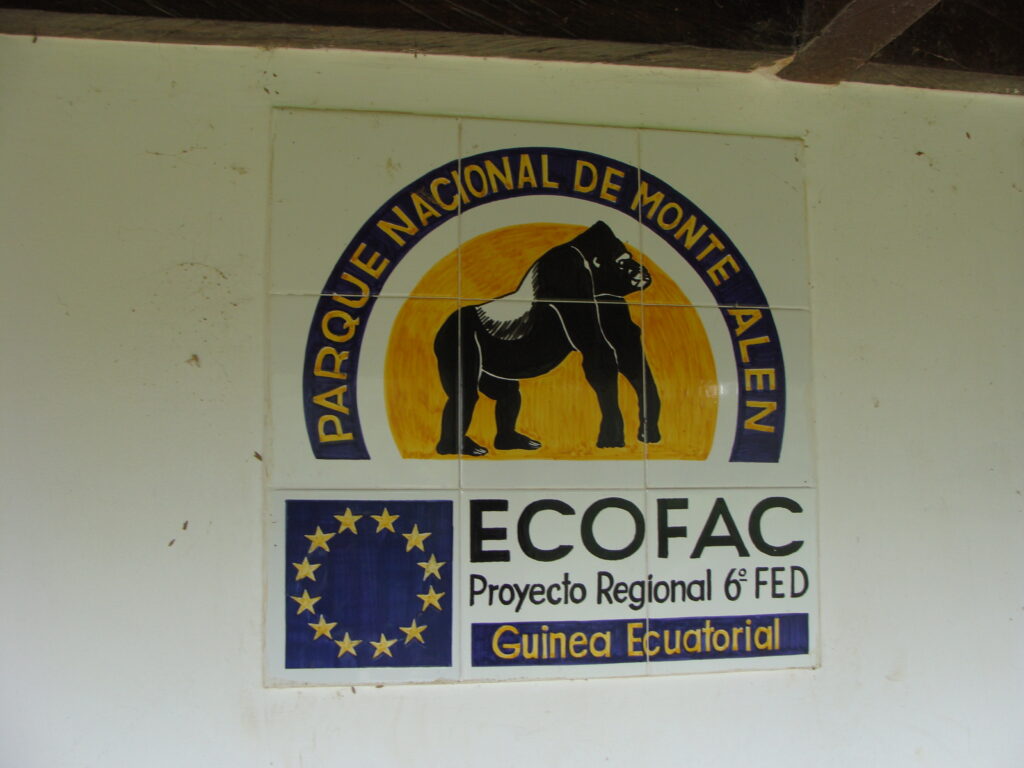
Fatto 8: il tasso di alfabetizzazione è uno dei più alti dell’Africa
La Guinea Equatoriale vanta uno dei più alti tassi di alfabetizzazione dell’Africa, con stime che indicano che circa il 95% della popolazione adulta è alfabetizzata. Questo dato impressionante può essere attribuito all’enfasi posta dal governo sull’istruzione, che comprende gli sforzi per migliorare l’accesso alla scuola, soprattutto per le donne e le ragazze. Il Paese ha investito in riforme e infrastrutture educative, compiendo progressi significativi nel miglioramento delle opportunità educative a partire dalla fine degli anni ’90. Ma ci sono problemi per quanto riguarda l’istruzione superiore e le infrastrutture. Ma ci sono problemi con l’istruzione superiore e la sua qualità.
Fatto 9: la Guinea Equatoriale ha molte belle spiagge sabbiose
La Guinea Equatoriale è rinomata per le sue splendide spiagge sabbiose, in particolare sull’isola di Bioko e lungo la costa continentale. Queste spiagge offrono acque cristalline e paesaggi meravigliosi, che le rendono destinazioni attraenti sia per i locali che per i turisti. Tra le spiagge più importanti vi sono l’Arena Blanca e le spiagge vicino alla capitale, Malabo, che vengono spesso evidenziate per la loro bellezza paesaggistica e le opportunità di relax.
Oltre alla loro bellezza naturale, queste spiagge offrono un ambiente per varie attività ricreative, come nuotare, prendere il sole ed esplorare la vita marina. Il clima caldo equatoriale garantisce ai frequentatori delle spiagge un clima piacevole tutto l’anno.
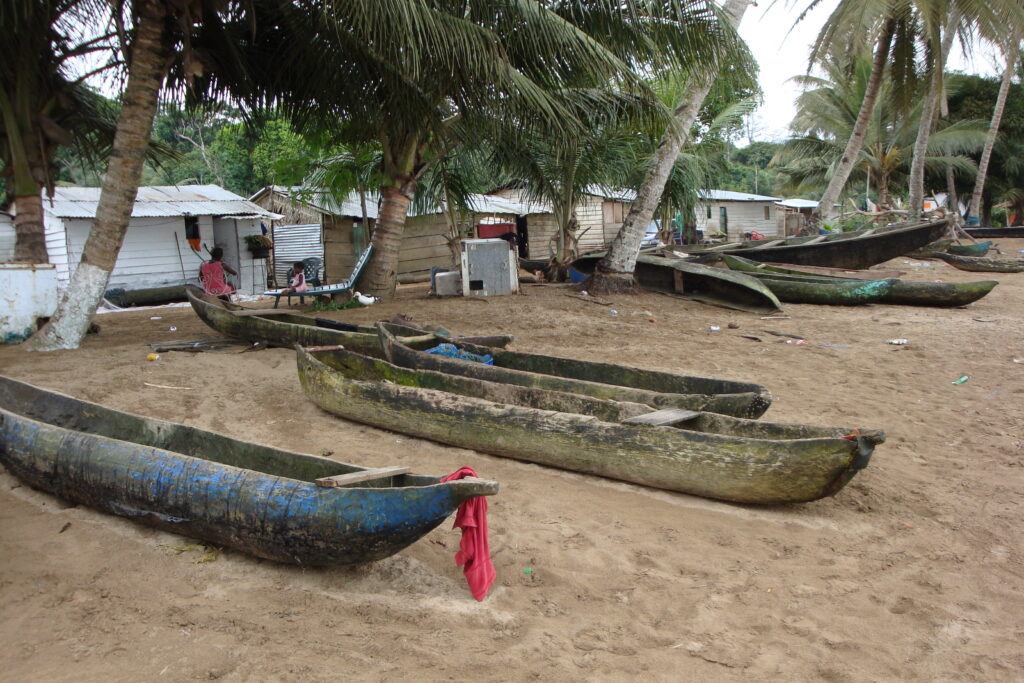
Fatto 10: la Guinea Equatoriale è il più piccolo Paese africano dell’ONU
La Guinea Equatoriale è il Paese più piccolo della terraferma africana, sia in termini di superficie che di popolazione. Adagiata sulla costa occidentale, comprende una regione continentale, Río Muni, e diverse isole, tra cui l’isola di Bioko, dove si trova la capitale Malabo.

Pubblicato Ottobre 27, 2024 • 7m da leggere

